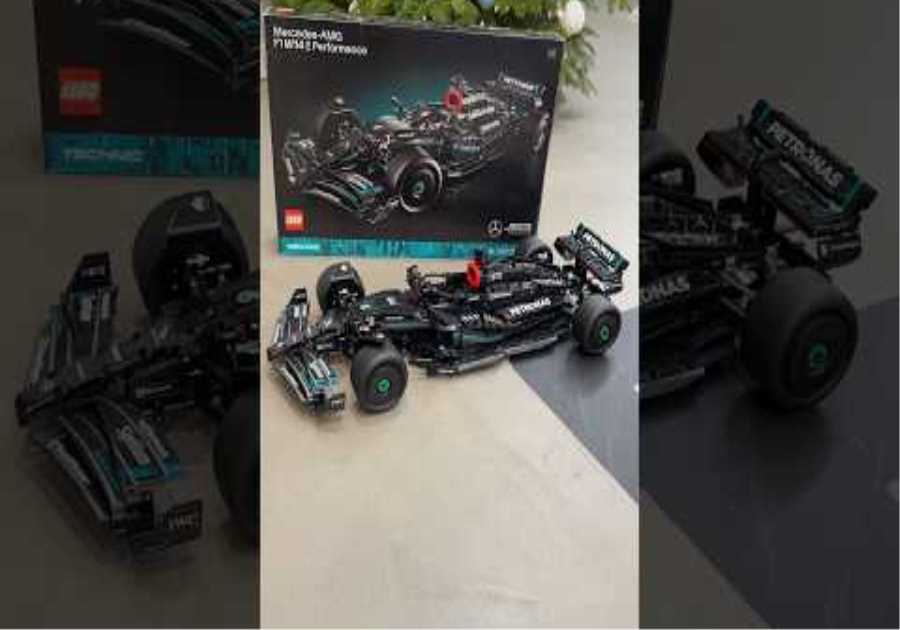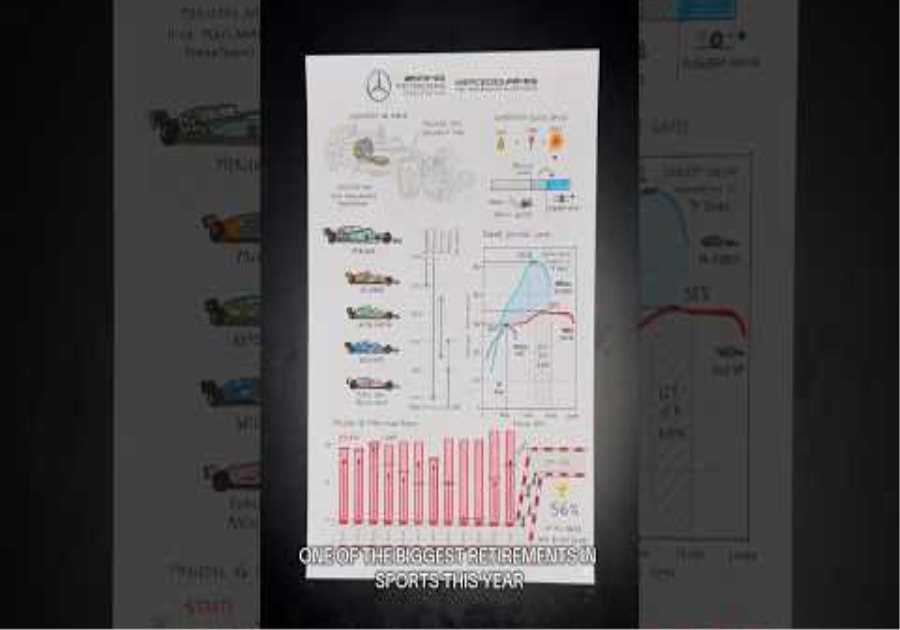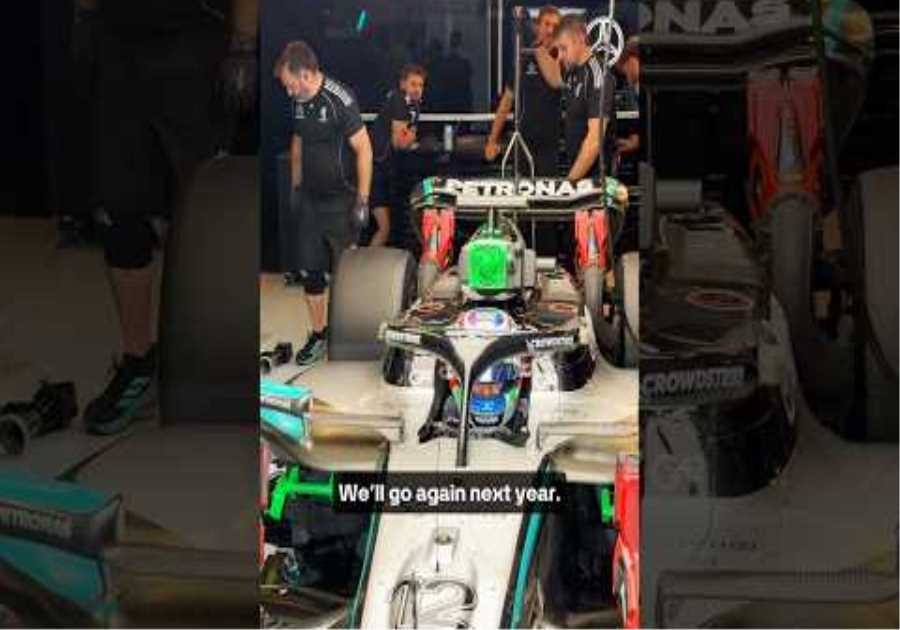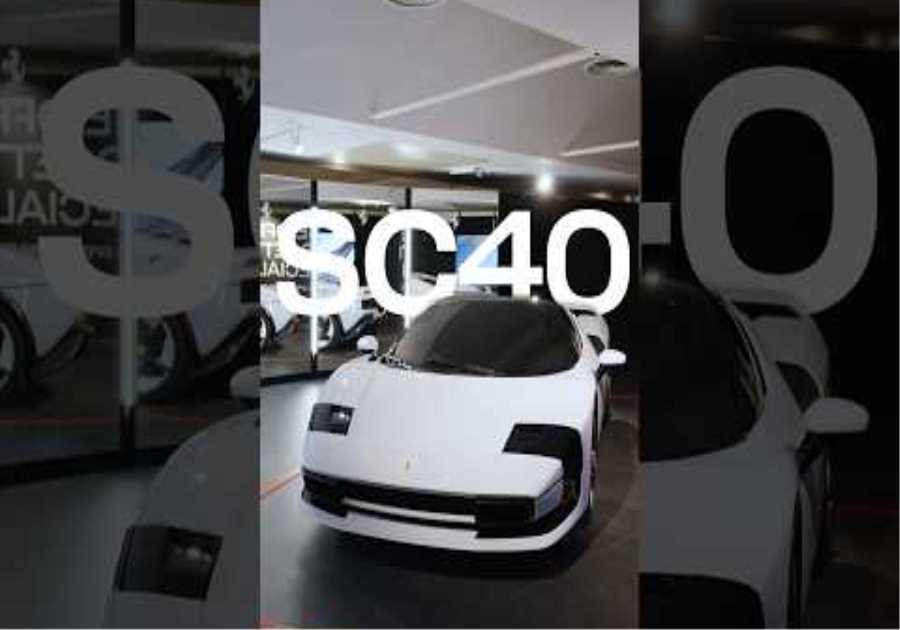
Image: Gordon Murray Automotive
When Gordon Murray announced his intention to make not one but two battery-electric SUVs, he promised they’d “change the way we think about range anxiety and vehicle dynamics.” Murray has a penchant for such grandiose claims, but he’s also engineering royalty — so he tends to get the benefit of the doubt. Even so, I never expected that the designer of the McLaren F1 would seek to build an SUV lighter than a subcompact.
Yet that’s exactly what Murray plans to do, according to Philip Lee, the new CEO of the Gordon Murray Group, which comprises Gordon Murray Automotive — makers of the T.50 and T.33 performance cars — and Gordon Murray Technology, which handles the engineering side, sometimes for other automakers.
One of the two SUVs will be sold as a GMA product; the other will be designed for a yet-unnamed client. It’s the GMA-badged vehicle that will supposedly weigh between 1,100 and 1,200 kilograms, Lee told car. That works out to 2,425 to 2,645 pounds.
As you’d figure, this will not match a Ford Bronco in size, or even a Bronco sports; it’s been dubbed a “supermini,” made to shuttle four passengers “plus luggage.” I’m assuming not everyone’s luggage, and maybe just the cargo belonging to one, possible two very lucky occupants.
Autocar compared it to the Renault Zoe — a five-door battery-electric subcompact that’s been on sale for more than 12 years now, and weighs about 3,200 pounds. My Fiesta ST weighs about 2,740 pounds, but doesn’t have a floor made of concrete — er, batteries. The fact that Murray is envisioning a vehicle that does and yet still weighs less is a pretty big deal.
G/O Media may get a commission
Curious how he’ll pull it off? So are we! All we’re told right now is that the batteries will be especially power dense, owing to a unique cooling scheme, and that they’ll be structurally integral to the car. The latter is not unusual; many upcoming EVs will be constructed the same way. From the article:
One key to the SUVs’ market-leading lightness is believed to be a new ‘immersive’ fluid cooling technique used for their batteries, which are mounted in a rigid i-Case that allows battery maintenance access but still forms part of the car’s structure. This allows them to be more power dense and better able to handle extremes of temperature.
As this is Gordon Murray, I have a sneaking suspicion of another trick he’ll employ to realize his lofty goals: loads of expensive, advanced materials. I don’t know that for a fact of course, it’s pure conjecture on my part. But this is the same company that gave us the $1.85 million T.33 “daily super car” and $3 million T.50. I’m no engineer, but I do know you can damn near break any perceived technological limitation so long as money is no object.







